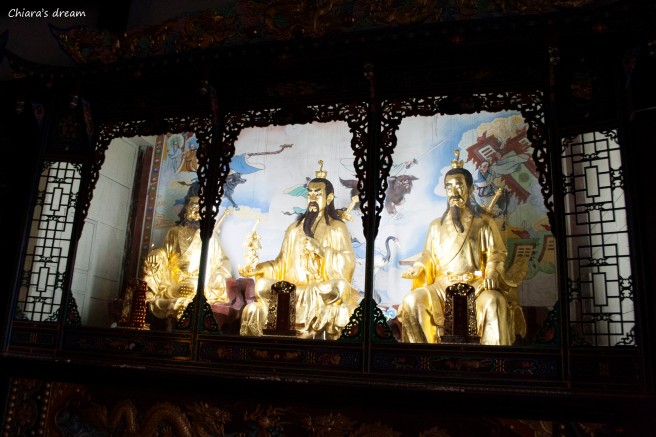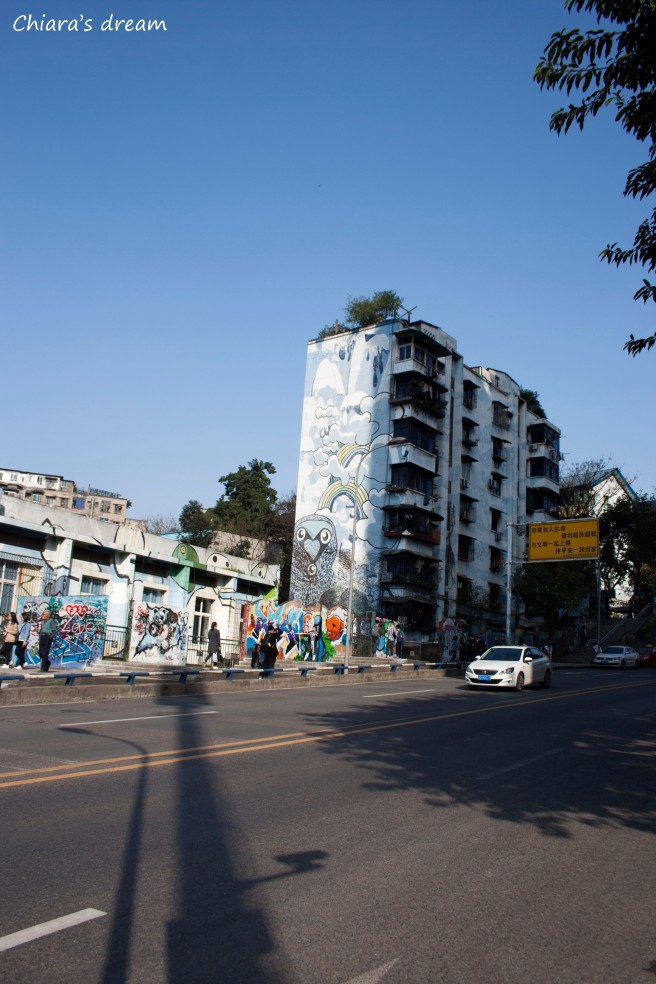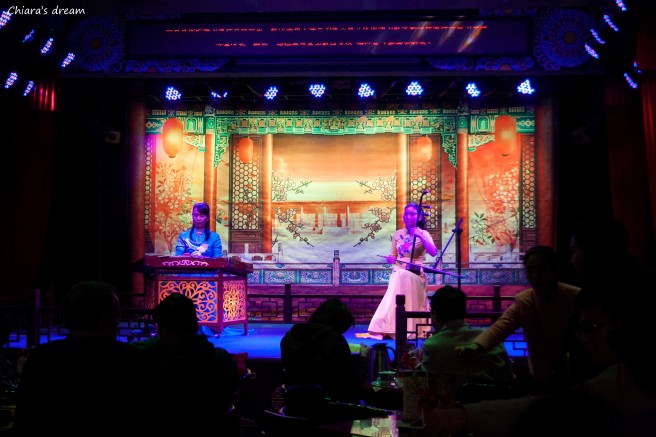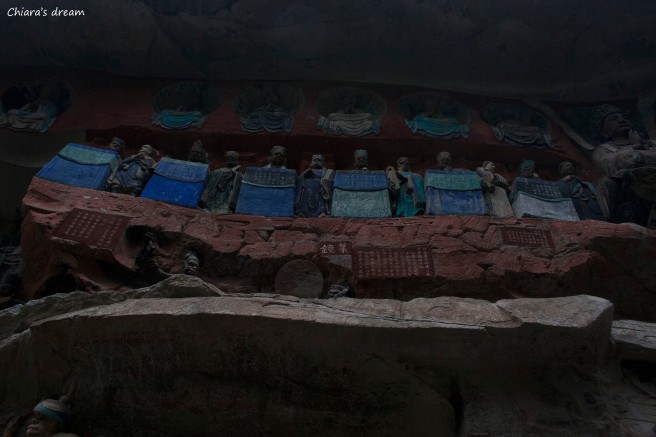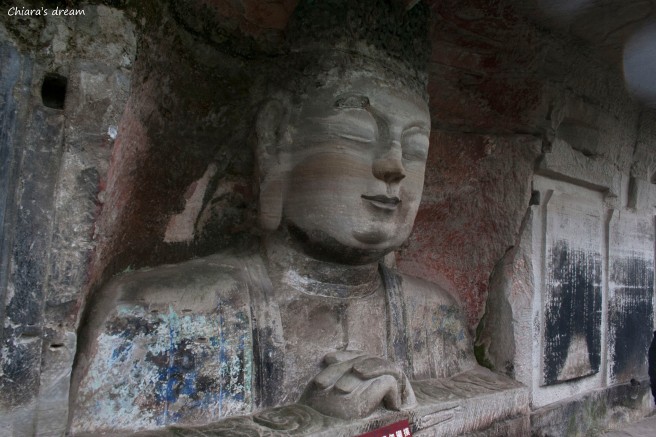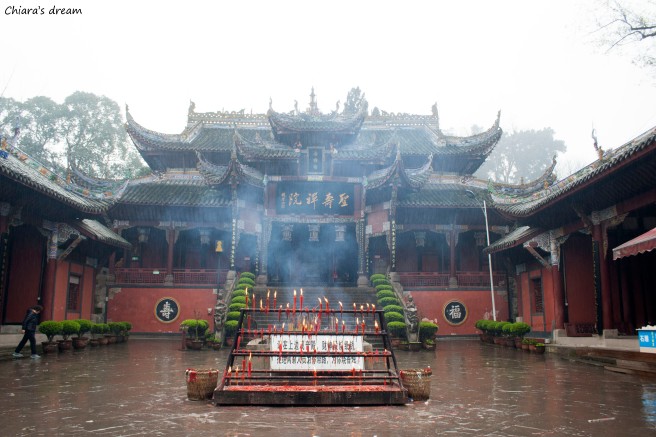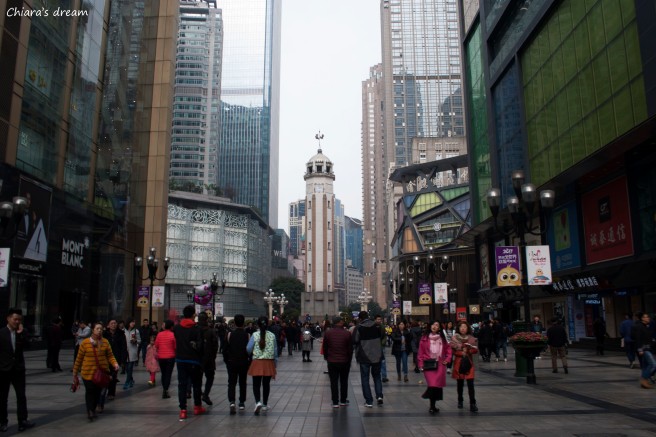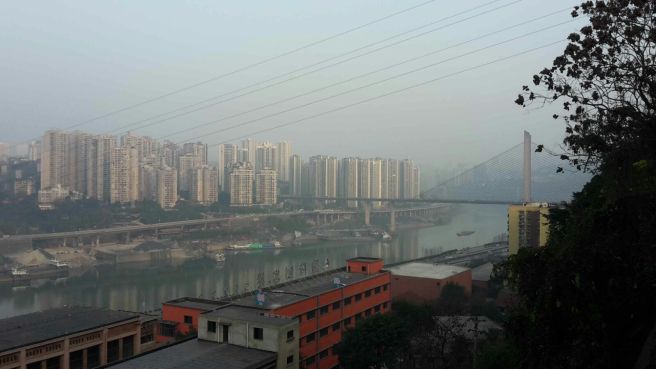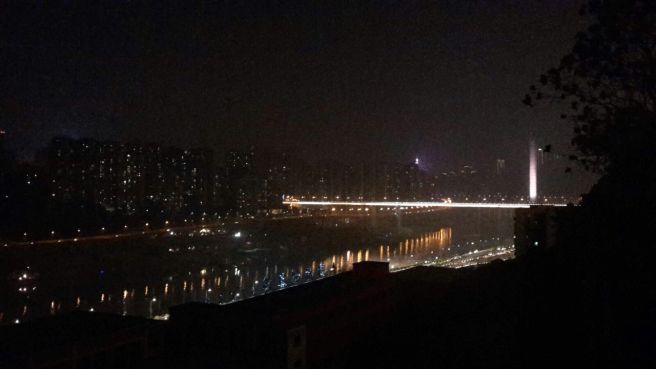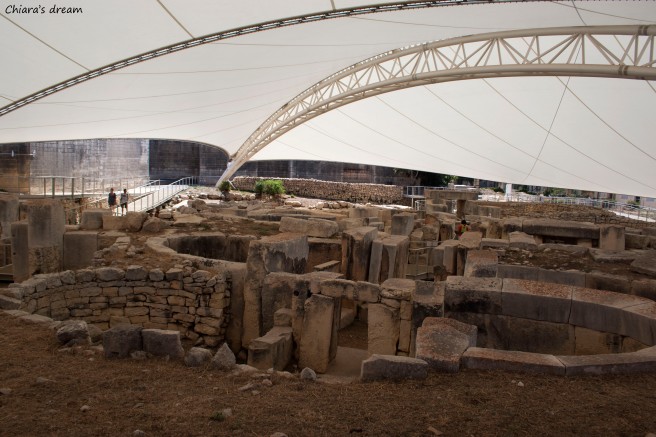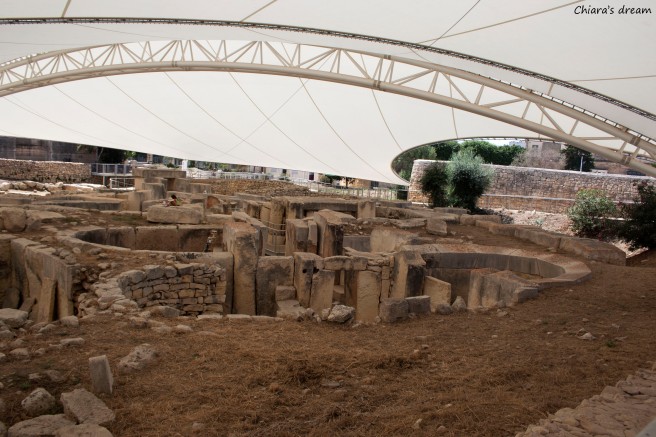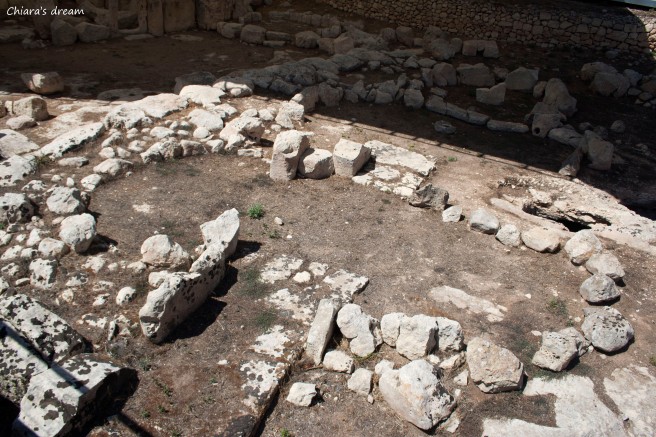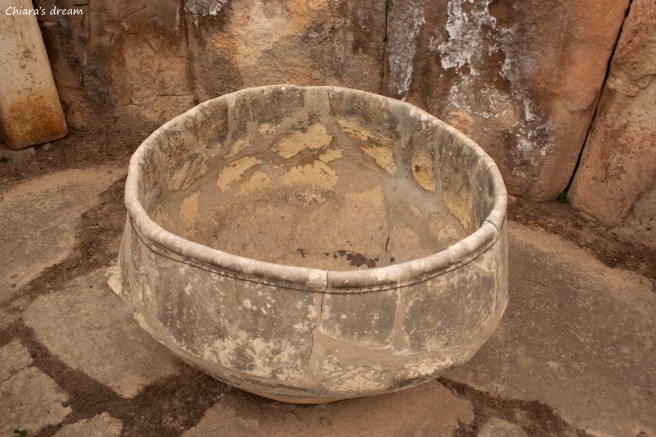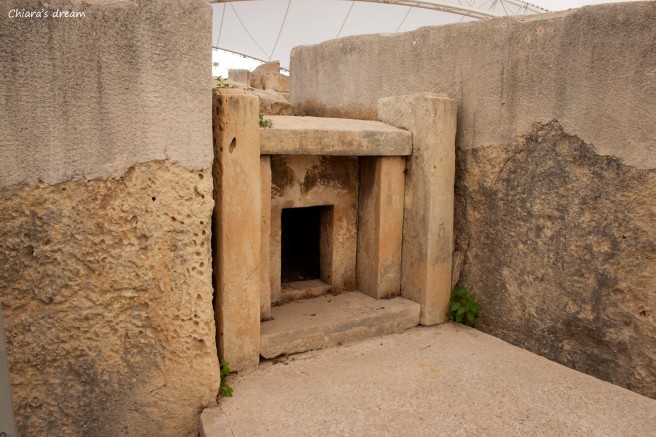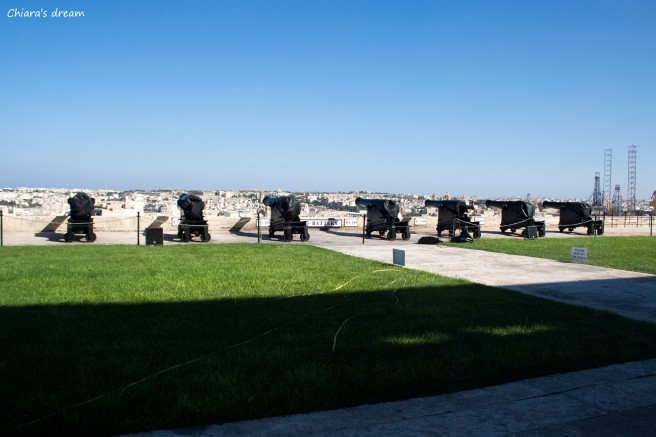Ciao a tutti!
A Marzo abbiamo deciso di dedicare un weekend alla visita della città di Chengdu 成都, che è la capitale della provincia del Sichuan 四川省.
Il 10 Marzo quindi abbiamo preso il treno veloce alle 15.20 del pomeriggio e in circa un’ora e cinquanta minuti abbiamo raggiunto la stazione ovest di Chengdu (il prezzo per questo tipo di biglietto è 154¥). Ci siamo subito diretti al nostro ostello, che era molto particolare perché situato all’interno di una zona residenziale. Per questo motivo è un po’ difficile da trovare, ma ci siamo trovati molto bene anche perché il proprietario ci ha fatto provare il tè preparato con il tradizionale metodo cinese. Comunque dopo esserci sistemati, siamo usciti per andare a visitare un po’ la città e per trovare un ristorante dove mangiare cena. Girovagando ci siamo imbattuti nel quartiere tibetano e per questo motivo abbiamo deciso di mangiare in uno di questi ristoranti tibetani. Il cibo era molto buono e per questo motivo abbiamo deciso di cenare qui anche la sera seguente. Dopo cena ci siamo diretti verso il ponte anshun 安顺桥, che è molto particolare perché ricorda gli edifici dei templi con i tetti a punta e di notte è molto illuminato. Di fianco a questo ponte si trova la zona notturna più famosa di Chengdu (九眼桥 jiǔyǎnqiáo) che è ricca di locali, alcuni anche con musica dal vivo.
Il giorno dopo, 11 Marzo, abbiamo deciso di visitare come prima cosa il Tempio dedicato a Zhuge Liang 诸葛亮, detto anche Marchese Wu (武侯祠 Wuhouci). Fu nominato ministro e stratega militare sotto l’Impero di Liu Bei 刘备 del Regno di Shu 蜀 durante il periodo dei Tre Regni 三国 e per questo il tempio è anche dedicato allo stesso Imperatore Liu Bei. L’ingresso per gli studenti costa 30¥. All’interno del tempio sono conservate diverse statue di Zhuge Liang, dell’Imperatore Liu Bei e di altri ufficiali. Inoltre sono presenti numerose tavole di pietra con incisioni di poemi celebri. Dopodichè, visto che gratuito e molto vicino, ci siamo recati al Parco del Popolo (人民公园 rénmín gōngyuán). Magari sentendo la parola parco si pensa ad un posto tranquillo dove poter leggere un libro, mentre in Cina non è così. Infatti questo parco è il luogo di ritrovo per gli anziani che vogliono giocare a carte o a mahjong o per esibizioni di cori locali, musicisti e ballerini. Inoltre ci sono vari artisti tra cui pittori e rittrattisti. All’interno del parco è anche presente un piccolo laghetto dove si può affittare una piccola barca per farsi un giretto. Ci sono anche diverse case da tè all’aperto con tavoli e sedie di bambù dove si può gustare una bella tazze di tè cinese. Poi ci siamo recati alla piazza principale (天府广场 tiānfǔ guǎngchǎng). Sinceramente questa piazza non mi è piaciuta molto perché l’ho trovata molto spoglia e inoltre la statua di Mao è di fronte alla piazza e non all’interno come mi sarei aspettata. Inoltre sotto la piazza c’è un centro commerciale pieno di negozi e bancarelle dove comprare tipici snacks cinesi. Dopo siamo andati a vedere la via commerciale più famosa di Chengdu (春熙路 chūnxīlù), dove però non ci siamo fermati a fare shopping perché i prezzi erano veramente assurdi. A fine giornata siamo anche riusciti a visitare il Monastero Wenshu (文殊院 wénshūyuàn) gratuitamente.
Il mattino dopo ci siamo alzati presto per andare a vedere i panda (大熊猫繁育研究基地 dàxióngmāofányùyánjiūjīdì), perché al mattino sono un po’ più attivi. Il biglietto di ingresso per noi studenti è costato 29¥. Il centro è molto grande e all’interno ci sono anche un museo e un bar. Secondo me i panda più belli sono quelli tradizionali, ma all’interno del centro ci sono anche i panda rossi, che sono più piccoli e assomigliano a delle volpi. Dopo questa bellissima esperienza siamo tornati in centro città per visitare due tipiche vie turistiche (宽窄巷子 kuānzhǎi xiàngzi), dove ci sono molti negozietti con cibi tipici e alcune sale da tè dove mettono in scena alcuni pezzi dell’opera del Sichuan. Dopo ci siamo recati al parco della cultura (文化公园 wénhuà gōngyuán) che era ricco di fiori. Infine, prima di andare a prendere il treno per tornare a Chongqing, abbiamo visitato il Tempio Taoista Capra di Bronzo (青羊宫 qīngyáng gōng). Il prezzo di ingresso è di 10¥, ma per gli studenti è 5¥.
Spero che il nostro percorso vi sia piaciuto, qual è la parte che vi è piaciuta di più? Io in assoluto ho adorato la visita al centro dei panda. Voi avete già visitato questi posti?
Vi lascio alcune foto scattate nel weekend, ma tornate presto per nuovi racconti sulle mie avventure qui a Chongqing e dintorni!
Hi everyone!
In March we decided to spend a weekend visiting the city of Chengdu 成都, the capital of Sichuan province 四川省.
The 10th of March we took the fast train from Chongqing at 3.20 p.m. And in less then 2 hours we reached the west train station of Chengdu (the price for that ticket is 154¥). We immediately go to our hostel, which was a bit difficult to find because it was in a residential area. Anyways the owner is really kind and he let us taste the real Chinese tea for free. So we leave our luggage in the hostel and we immediately go out to have a look around the city and to find a good restaurant o eat dinner. Walking around we found a Tibetan restaurant that was very good (and for that reason the day after we went again in the same restaurant). After the dinner we walk until the Anshun bridge安顺桥, which is very particular because is build as a Chinese temple and when it’s dark is all illuminated. Very close to this bridge there is the most famous night life area (九眼桥 jiǔyǎnqiáo), where there are a lots of pubs where some people play live music.
The next day, 11th of March, we decided to visit firstly the Temple dedicated to Zhuge Liang 诸葛亮, also know as Marquis Wu (武侯祠 Wuhouci). During the Empire of Liu Bei 刘备 of the Kingdom of Shu 蜀 in the period of Three Kingdoms 三国, he assisted the emperor. The ticket for the student is 30¥. In the Temple are keeped a lot of statue of Zhuge Liang, of the Emperor Liu Bei and of other officials. There are also many stone board where are carved different kind of famous poems. After that we visited People’s Park (人民公园 rénmín gōngyuán), because was really close and free entrance. Maybe when you think about a park you think that it’s a quite place where you can read a book, but here in China the parks are not like that. In fact, this park is the place where the older people come to play cards or mahjong or even to sing, to play instruments or to dance. There are also a lot of artists and painters. In the middle of the park you can also find a little lake and you can rent a boat to have a nice trip. If you want to try a good cup of Chinese tea you can also seat in one of the tea house. Then we reach the main square (天府广场 tiānfǔ guǎngchǎng). I didn’t like so much this square, because I think there is nothing special there and the statue of Chairman Mao is not in the square, but is just in front of it. Another thing I didn’t like about the square is that underneath it there is a little shopping mall. And some Chinese shops where you can buy traditional Chinese food. Then we walk until the most famous shopping street in Chengdu (春熙路 chūnxīlù), but we didn’t stop to buy anything because we don’t have so much money. Before to going to dinner we visited the Wenshu Monastery (文殊院 wénshūyuàn), which has free entrance.
The next day we woke up really early because we want to see the pandas (大熊猫繁育研究基地 dàxióngmāofányùyánjiūjīdì), during the morning they are more active. The ticket for student is 29¥. The site is really big and there are also a little museum and a coffee bar. The panda is the animal I love the most, but in the site there are also the red pandas, which are smaller and similar to foxes. After this beautiful experience with the pandas we went back to the city center and we walked through two typical touristic street (宽窄巷子 kuānzhǎi xiàngzi), where there are a lots of different shops with typical Chinese food and some tea house where you can watch the Sichuan Opera. Then we visited the Cultural Park (文化公园 wénhuà gōngyuán), which was plenty of beautiful flowers. Before took the train to come back to Chongqing we visited the Bronze Goat Taoist Temple (青羊宫 qīngyáng gōng). The ticket is 10¥, but for student it’s only 5¥.
I hope you liked our trip to Chengdu, which part do you liked most? I really loved the panda’s site. Do you already visited some of this places?
I leave you some photos of the day, but come back soon to read some new adventures here in and around Chongqing!



















